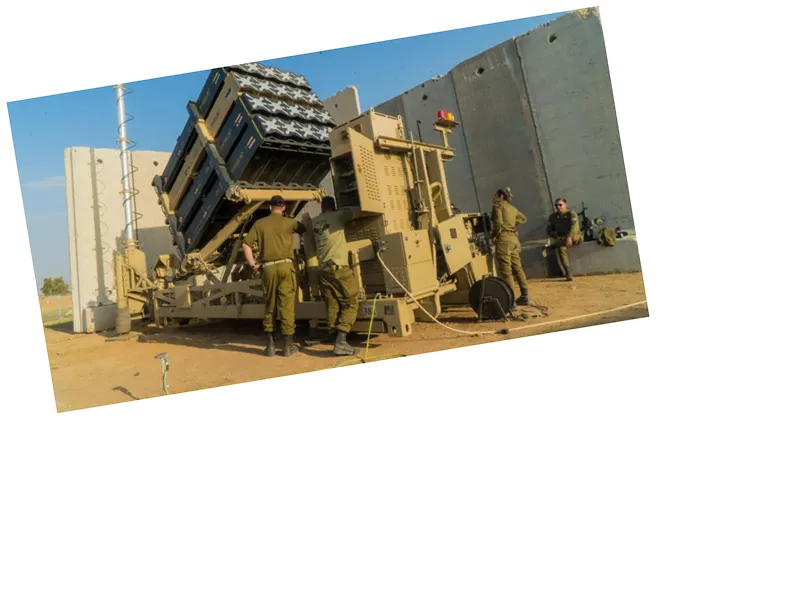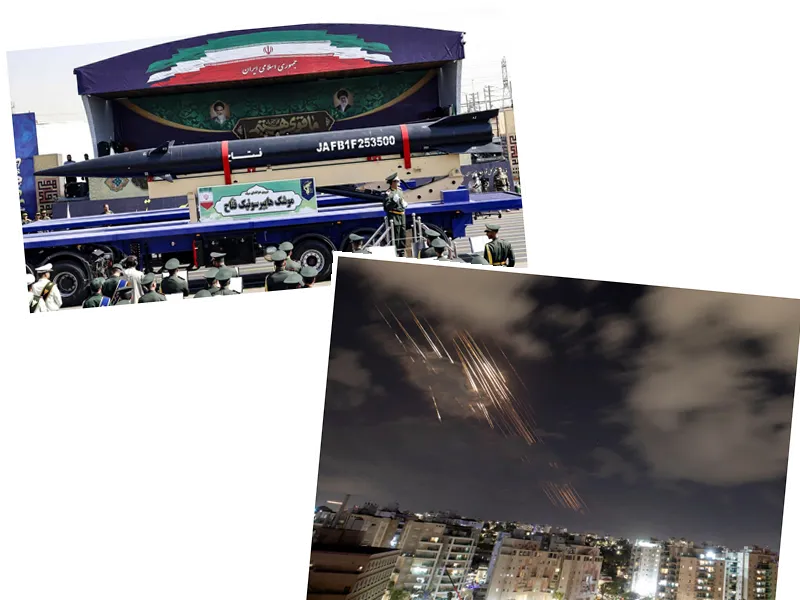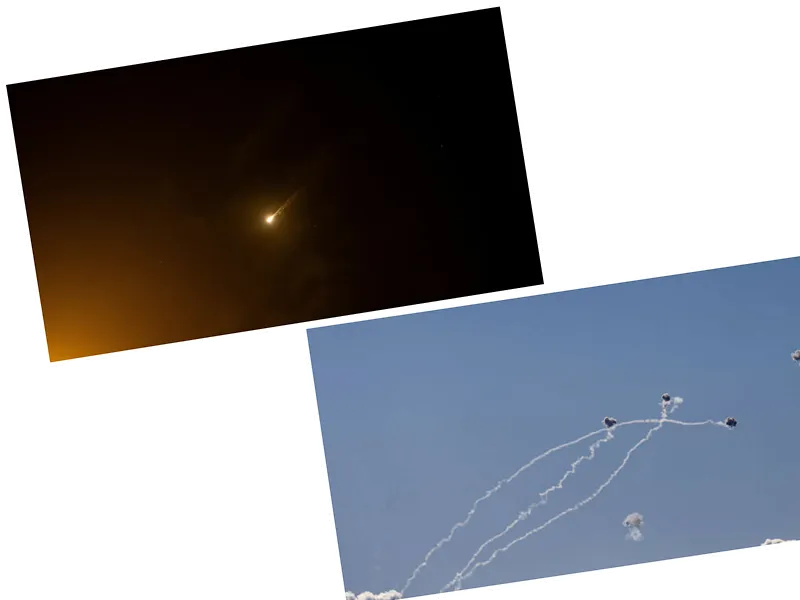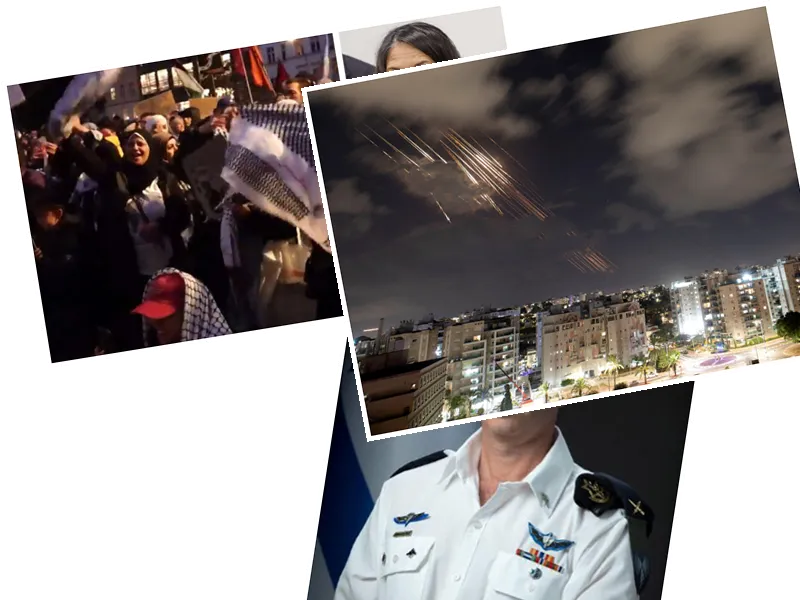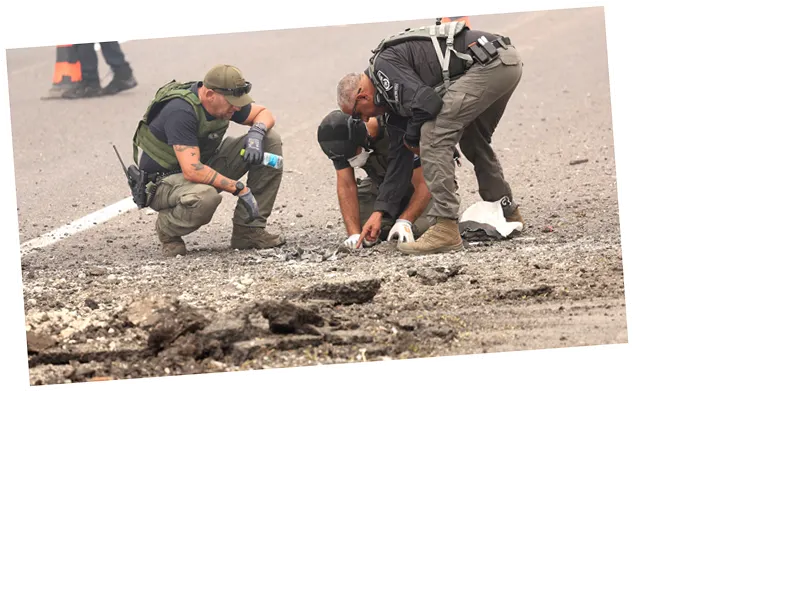The Effectiveness of Israel's Iron Dome: A Comprehensive Analysis
The Iron Dome, Israel's advanced air defense system, has been a focal point of discussion since its inception in 2006, especially following the extensive damage caused by missile attacks from Hezbollah. Designed to protect Israeli infrastructure from aerial threats, the Iron Dome integrates a series of defense layers, each with unique capabilities. However, recent events have prompted questions about its effectiveness against increasingly sophisticated attacks.
How the Iron Dome Operates
The Iron Dome operates through a four-tiered defense system. The first tier, the Iron Dome itself, intercepts short-range missiles and projectiles within a range of 70 kilometers. It uses Tamir missiles, each costing approximately $50,000. The second tier, David's Sling, is designed for short- to medium-range threats, capable of intercepting missiles up to 300 kilometers away at a cost of around one million dollars. The remaining tiers, Arrow 2 and Arrow 3, target long-range missiles, extending the defense capabilities to 2,400 kilometers. This multi-layered approach aims to provide comprehensive coverage against various aerial threats, including drones and missiles.
Recent Challenges and Failures
Despite its sophisticated design, the Iron Dome has faced significant challenges, particularly during the recent conflict involving Hamas and Iranian forces. Reports indicate that Hamas successfully launched attacks that penetrated the Iron Dome's defenses, raising concerns about its reliability. The recent Iranian missile strike, which saw nearly 200 missiles launched, further highlighted the system's vulnerabilities. While Israeli officials claim the attack was largely unsuccessful, the damage inflicted on key infrastructure suggests otherwise.
Vulnerabilities and Cost Issues
Experts have pointed out that the Iron Dome, like any automated system, is susceptible to failures and cyber threats. Military analysts have noted that a well-coordinated attack could exploit weaknesses in the Iron Dome's coverage, especially if attackers thoroughly understand its operational mechanics. Additionally, the economic implications of maintaining the Iron Dome are significant. The cost of intercepting missiles often exceeds the cost of the missiles launched by adversaries, leading to a potential imbalance in defense capabilities.
In conclusion, while the Iron Dome has proven effective in many scenarios, its recent performance raises critical questions about its long-term viability and the need for continuous improvement in response to evolving threats. As Israel faces increasing challenges from sophisticated missile technology, the effectiveness and reliability of the Iron Dome will remain a crucial topic of discussion among military strategists and policymakers.
